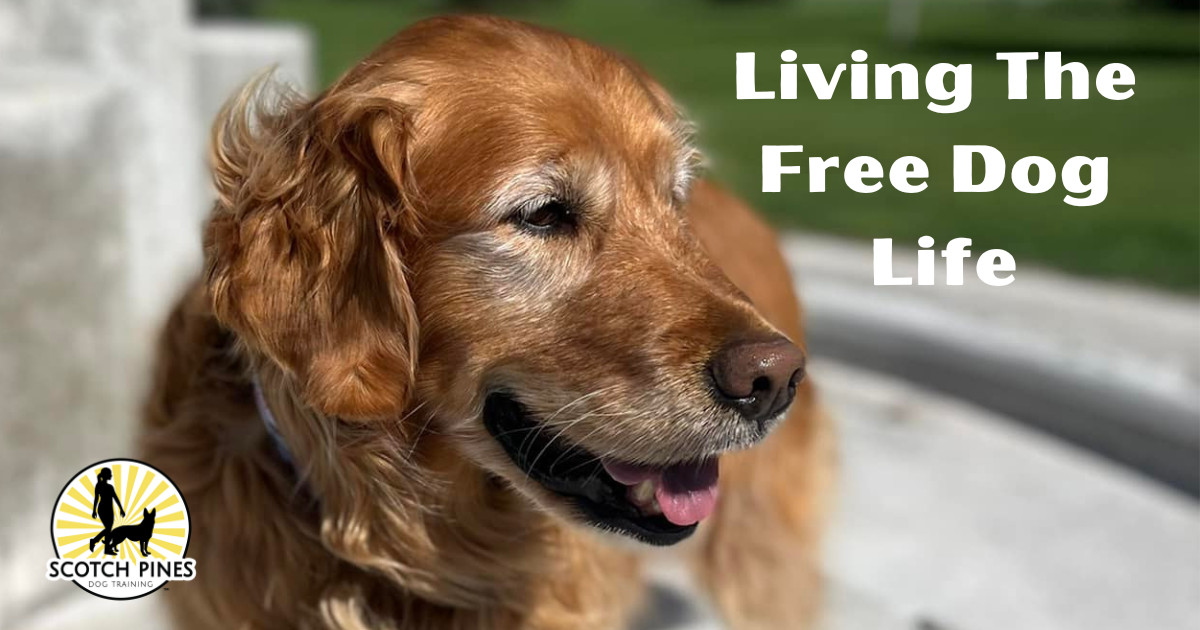
Every pup parent loves it when their dog listens to them. It doesn’t matter what you are doing; having a dog that listens when you take them on a walk is the key to understanding what commands to use in what instances.
It’s important to understand that the command heel and having a" Free Dog" are deeply connected. And when you have the heel command down, it creates a safety net for your dog and you to build trust off-leash.
Heel or "Free Dog"– Which is the answer to your walking woes?
The heel command is a command that keeps your dog in a specific place. It can be helpful in many situations; however, it is one command I do not find necessary for my walks and other adventures. In the past, I felt the HEEL was the end-all-be-all; however, I now see it as an “as needed” command once the skill has been refined. It is a command that absolutely needs to be taught and applied as it is an essential foundational command that is imperative for off-leash work.
Expectations shape our dog training, and focusing on enjoying your walks and practicing with your dog is essential.
Realistic expectations for training and your dog's skills will make your walks more enjoyable or frustrating. For example, as the “heel” command is taught, many people’s expectation is their dog is in the perfect heel, always right next to you. Unfortunately, this expectation is frustrating to many owners because their dogs aren’t capable of being in a perfect “heel” 100% of the time when they are first working on the command, nor is it essential they are in the heel 100% of the time.
The heel gets sloppy as the dog tires from training on the walk. Often, people become frustrated with their expectation that the dog is in a perfect HEEL for the entire training session and walk. The harder they try to get or keep their dog in the heel, the more frustrating it is in the long run.
Over the years, after working with thousands of students and dogs in training, my experience tells me the most essential thing about training sessions and walks is that they are enjoyable.
When they are enjoyable, we go out more often, and our dogs start to gain more freedom. In addition, our training becomes more enjoyable when our expectation of what we think the walk should look like vs. what it could look like changes.
As I’ve grown as a trainer and become more nuanced with all things dogs, I have introduced the “free dog” release sooner in the course to alleviate a lot of our expectations of what things should “look like” now vs. what things will look like with consistency and time.
So what does “Free Dog” look like?
“Free Dog” is a release–permission for the dog to do what they would like until the next command is given. It isn’t a free-for-all with no expectations from the dog, but rather an invitation to find the freedom that is useful for you both.
Personally, my dogs live in “Free Dog” unless safety tells me they need to be in a “heel” to pass: ___Insert Distraction that can threaten safety____(i.e., the neighbor with dogs that go crazy behind the fence, as we pass people on our walks, to cross the street, on busier roads where I need the control.) And then I release them back to “free dogs” with the only expectation from them that they listen and respond to any commands immediately.
“Free Dog” is: my dog being a dog-smelling all the smells, walking in front of me, chasing birds, but responding to “leave it,” responding to “heel,” responding to “come” when needed, and then being released right back out to freedom.
So yes, the heel is a vital command, but it is in the balance of Free Dog and heel that happiness starts to be present for you and your dog.
Why a "Free Dog" and not a perfect heel?
When we start training, training sessions should be short. We ask for 30 minutes daily, but realistically they should be broken down into small sessions.
The most significant source of frustration owners experience as they go out to train is their training sessions now take the place of their regular walks. When we have a walk that is typically 30 minutes to an hour, the frustration is real because as the dog's focus ends, the perfect heel becomes unrealistic until the dog has had a break.
So we find ourselves out on a walk–10 minutes in with a dog that can no longer HEEL effectively and the task of finishing our walk with a dog that can HEEL perfectly…. It leads to frustration-owner and dog alike.
Introducing “free dog” on our training walks allows us to give breaks as we walk. So, for example, it may look like 5 minutes of practicing the heel, with 5-10 minutes of free dog where the only expectation is the dog DOES NOT PULL ON THE LEASH, then 5 minutes of heel work, followed again by “free dog” and so on.
It breaks up training, which I highly recommend to owners to reduce burnout, allows the dog to be a dog still, and makes the walk so much more enjoyable. The dog can be in a heel when we need them to be, which looks different for some than others, but they can sniff and watch the world go by. It doesn’t give them a free pass to bark and pull and do all the behaviors that have caused issues but allows them to understand and know what you are doing, checking in with you and listening for that next command, which gives freedom–true freedom.
FREEDOM is when the dog can be a dog and respond to commands that keep them safe. "Free dog" starts to build the trust you need to be successful in the off-leash realm and as a team rather than a power struggle between a dog and owner who both want to “be in charge.”
Let's lead our dogs, teach them what we expect, and find the trust that allows us to enjoy the freedom and happiness you both will cherish.
How do I determine what command is correct in each situation?
When in doubt–go with more control. Bring the dog back into “heel” as you move past the distraction, situation, etc., and then “Free Dog” them right back out to freedom. Being an off-leash team does involve being smart about your situation and determining when and where it is safe to do so, so we start this while we build the on-leash skills to build consistency of what we expect for both commands.
For example, some people prefer the heel 100% of the time on walks, which is okay- their realistic expectation may look like taking many weeks of training to achieve the goal of a perfect heel on walks 100% of the time.
Key Takeaways from Heel & Free Dog on Walks
- Walks and adventures should be enjoyable; when we release the expectation of a perfect heel on all walks at all times, we can start to find joy and freedom in walks.
- The heel command has its place in walks and is useful for the dog's safety. However, how it is used can make the difference between frustration and freedom.
- “Free Dog” allows us to start building trust with our dogs, which in turn makes our life so much easier as we transition off-leash.
*Our 8 Week Obedience Program is designed to give you what you need to build a strong bond with your waggy woof!. We offer this 8 Week Obedience Program in a Live Zoom Online Program and an Idaho Falls In-Person Program. Our Obedience Program is set up to help you achieve free dog freedom.
* Wanna start out right with your pup?! We offer our Surviving & Thriving in Puppyhood Course which allows you to start TODAY! Better yet, book a consult with Sarah to go along with the on-demand course so you can get your personal questions answered!
You can learn more about our programs here and learn more about why our customers love working with us here.
* Questions? Go ahead and Bark at me
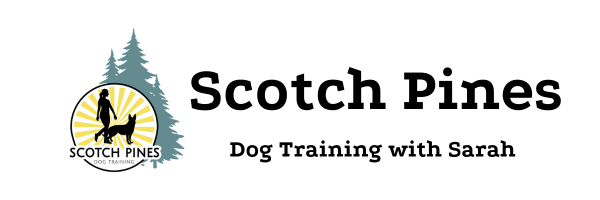
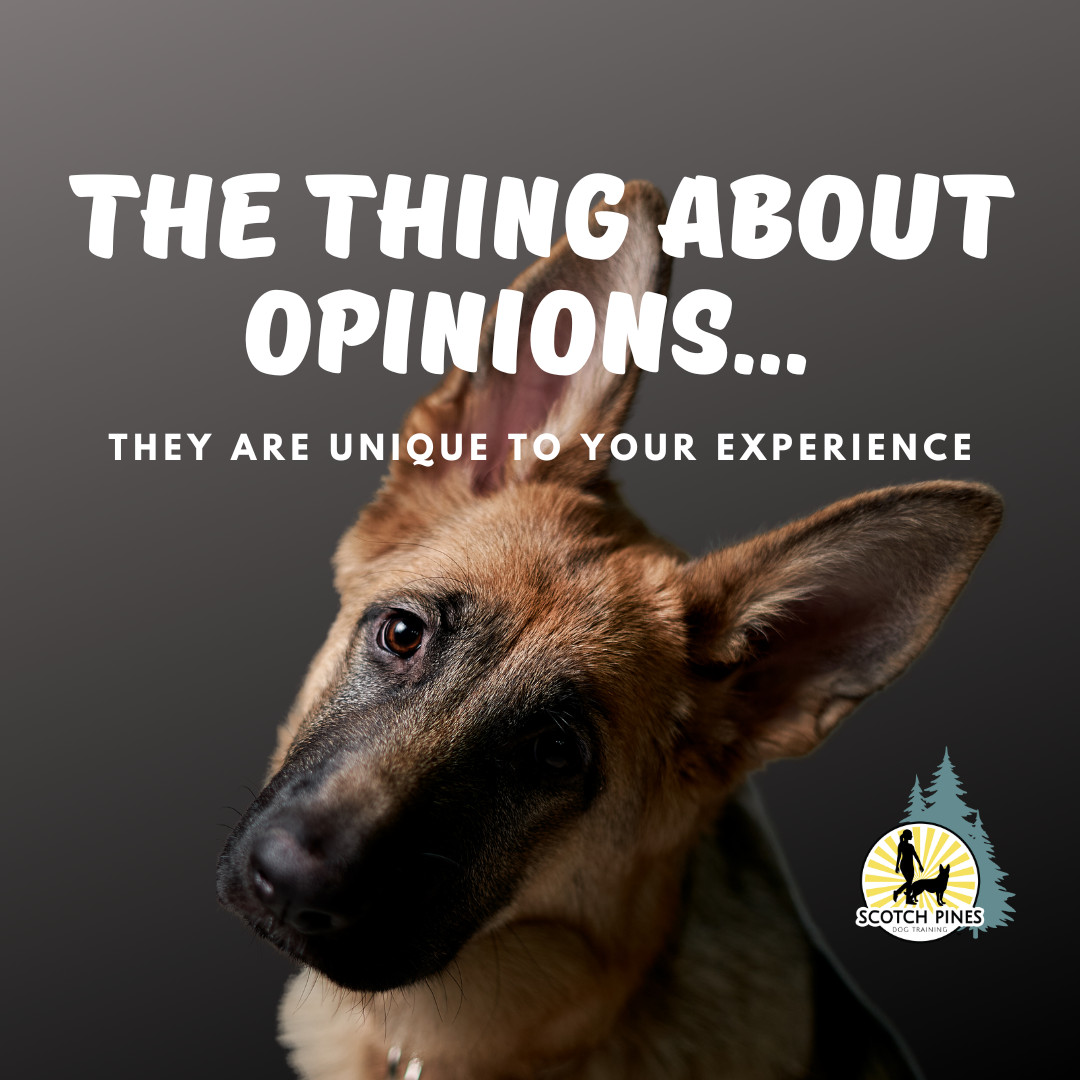

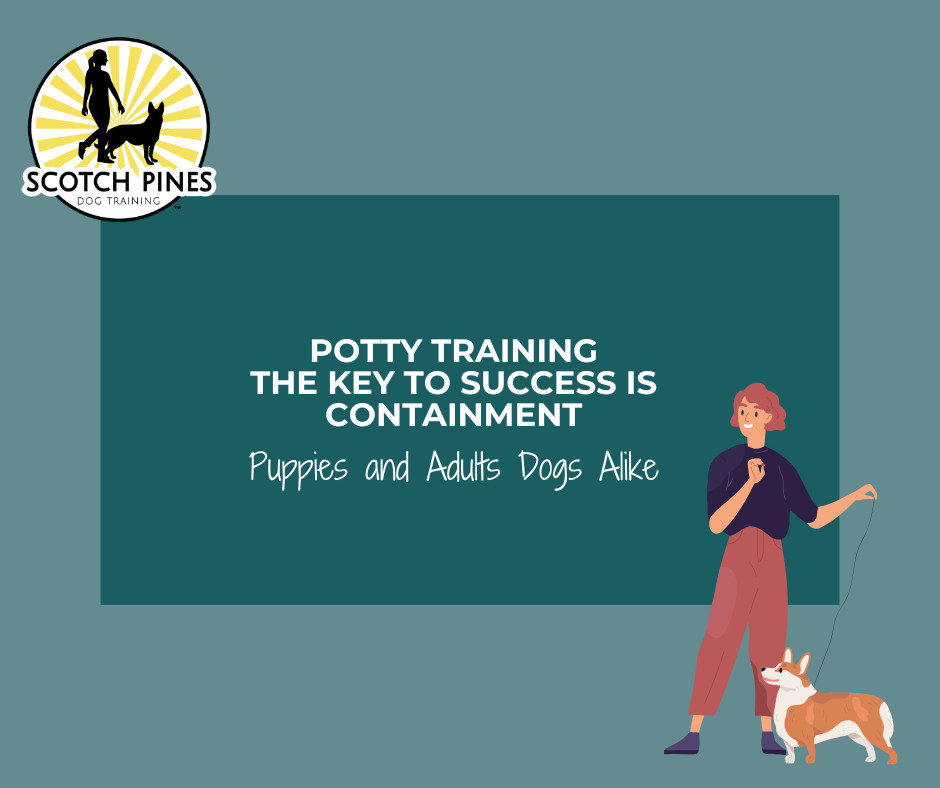
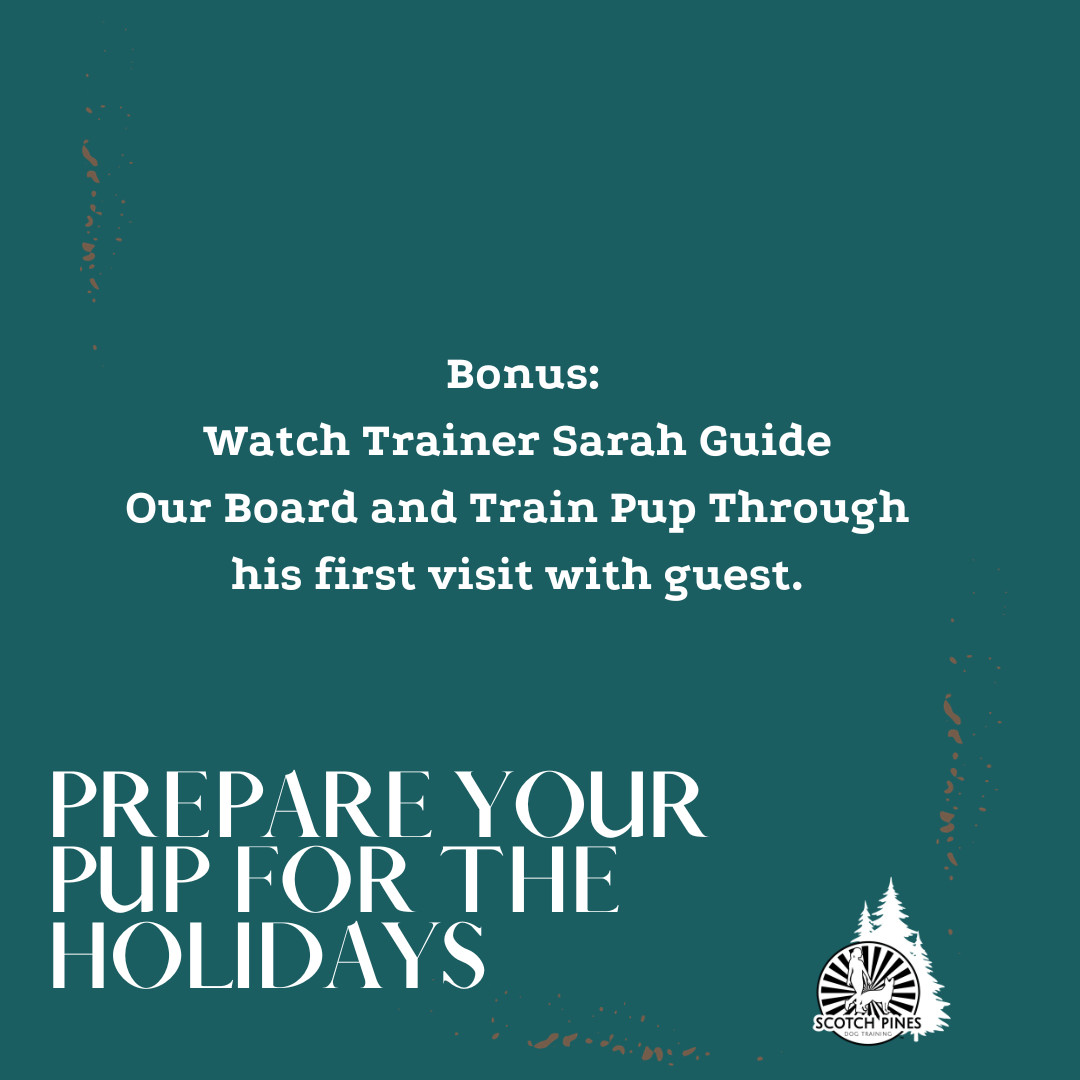



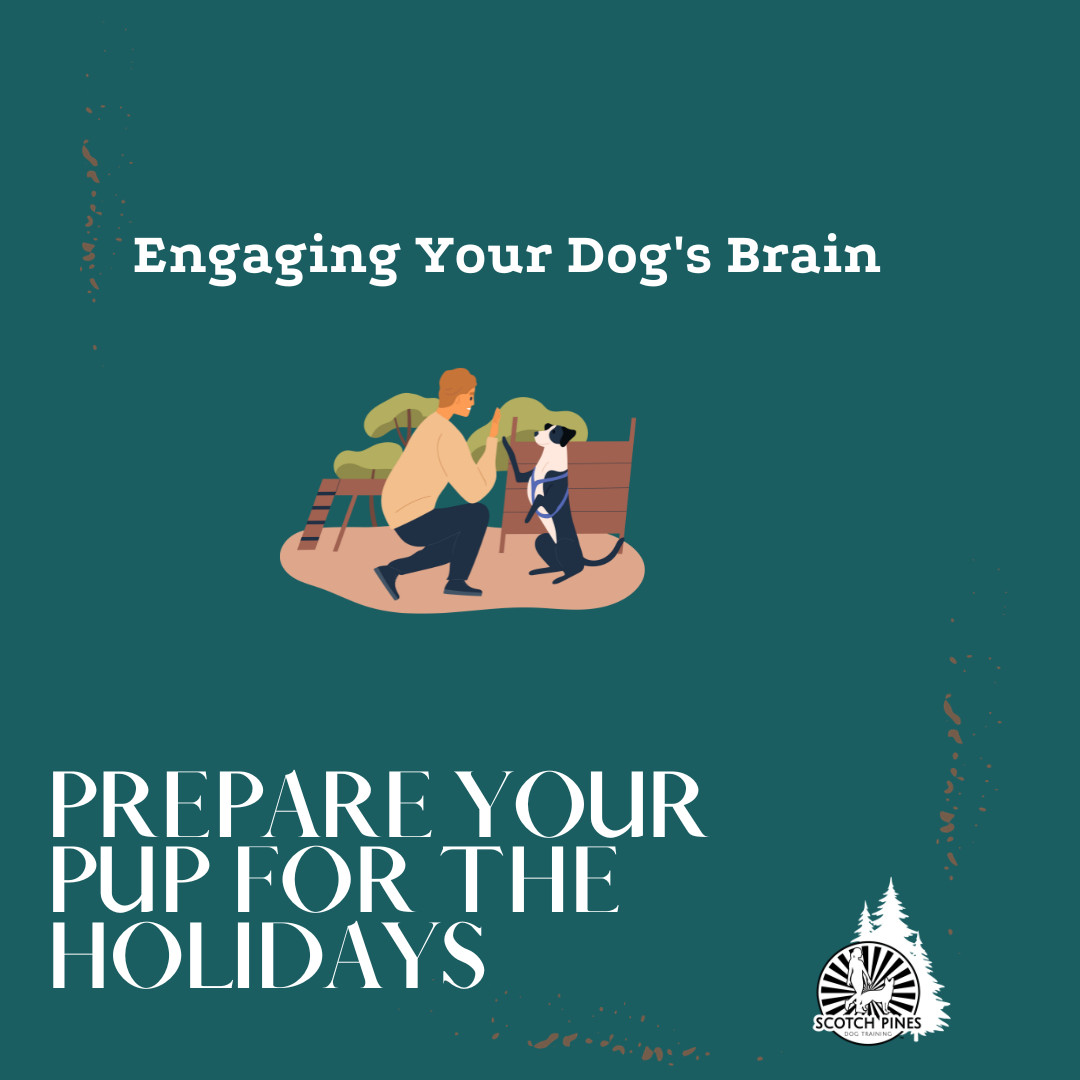
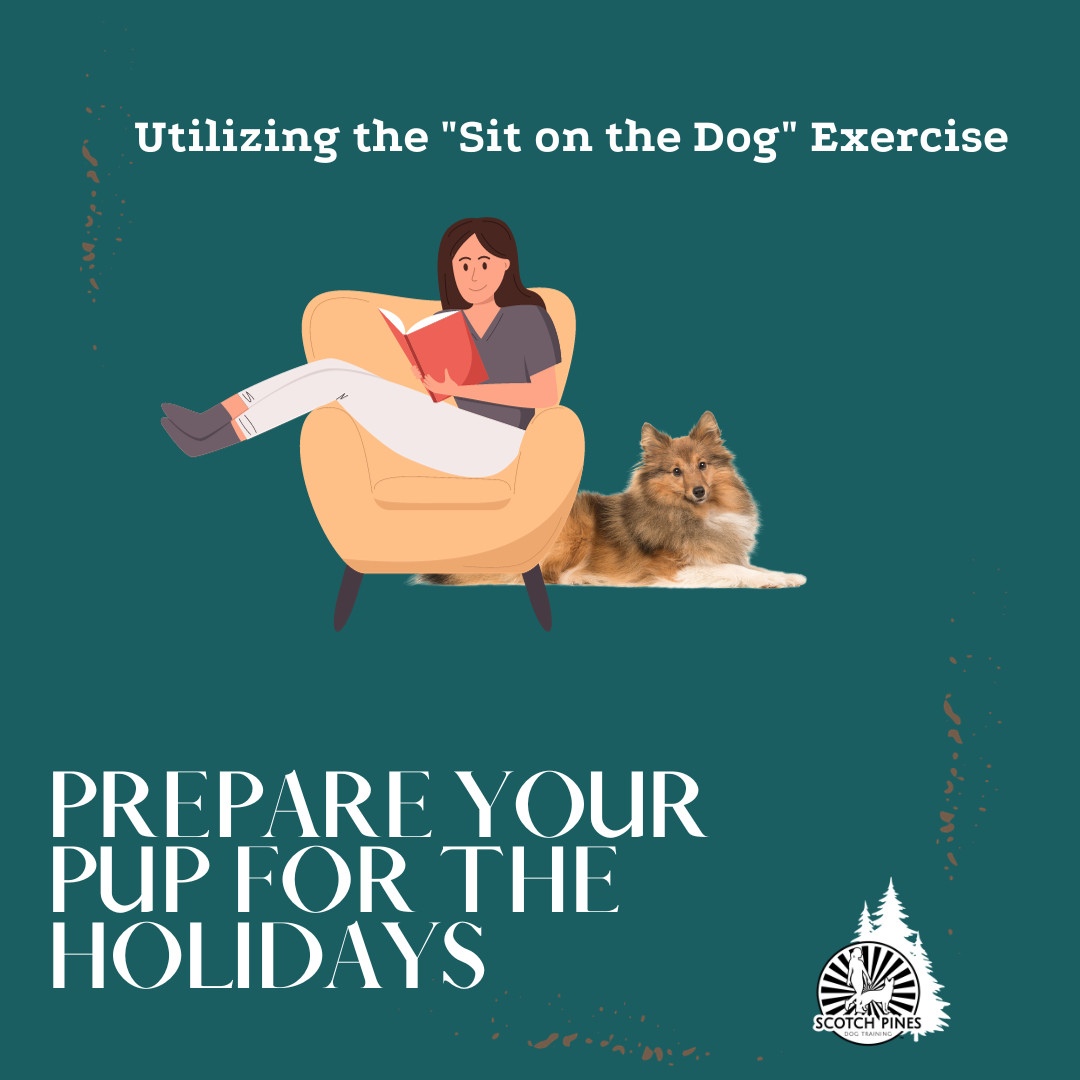

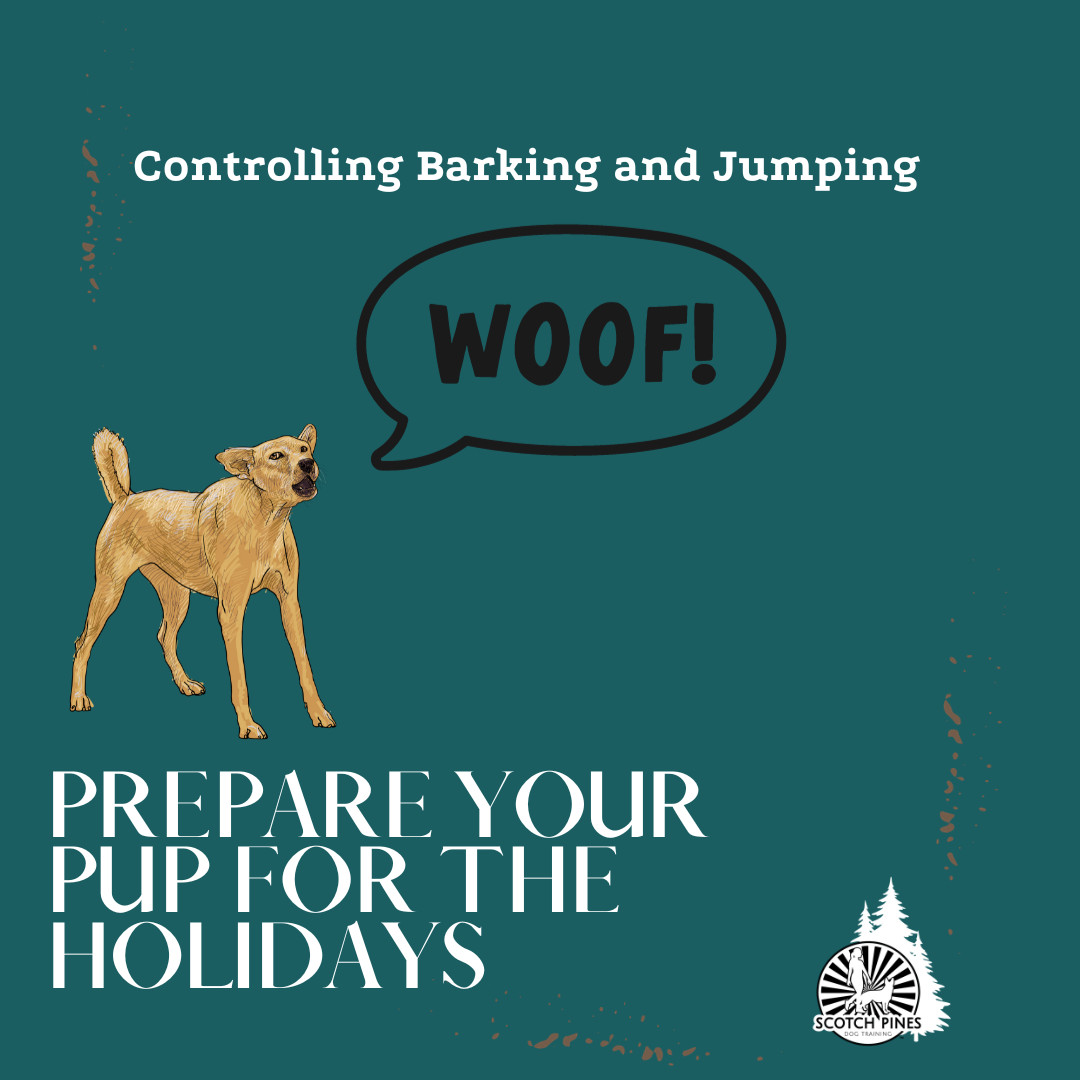
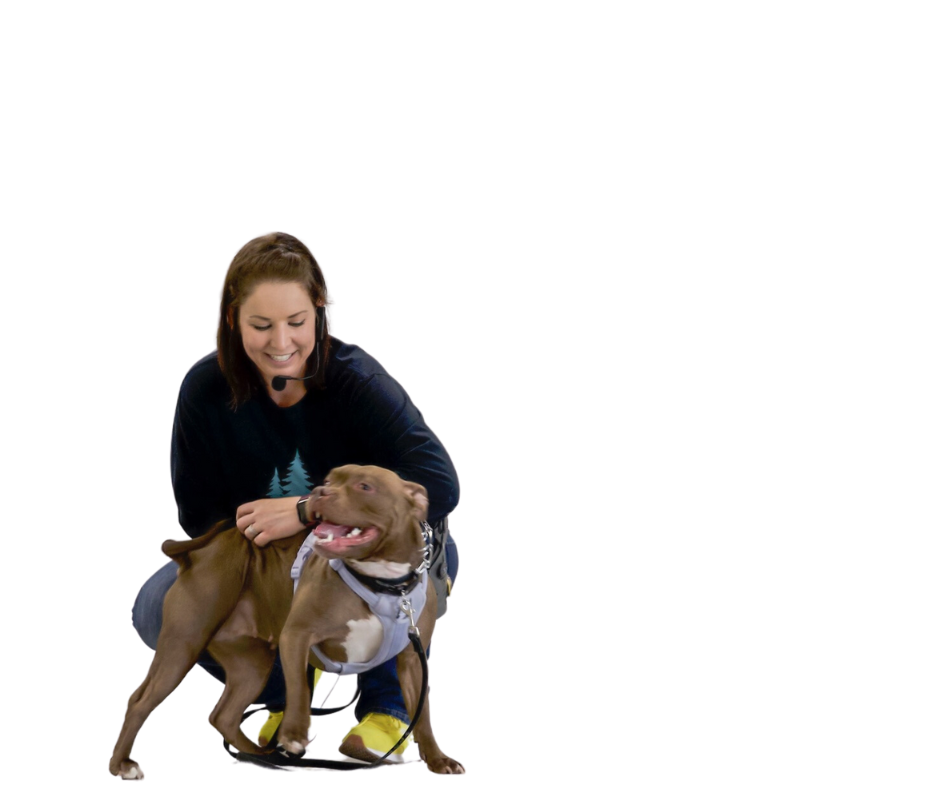
0 Comments